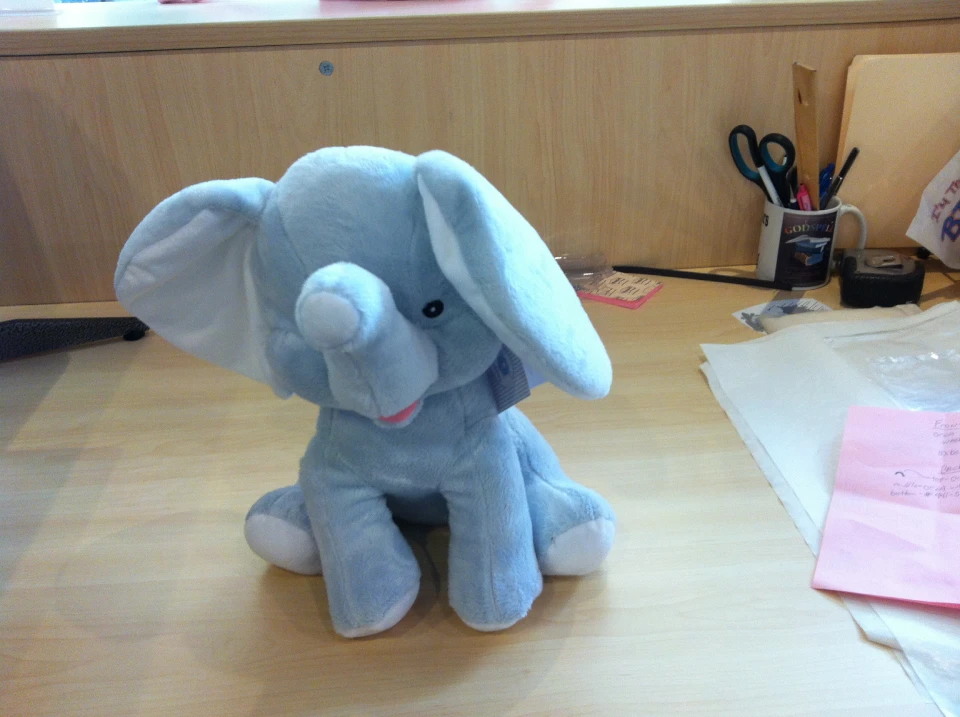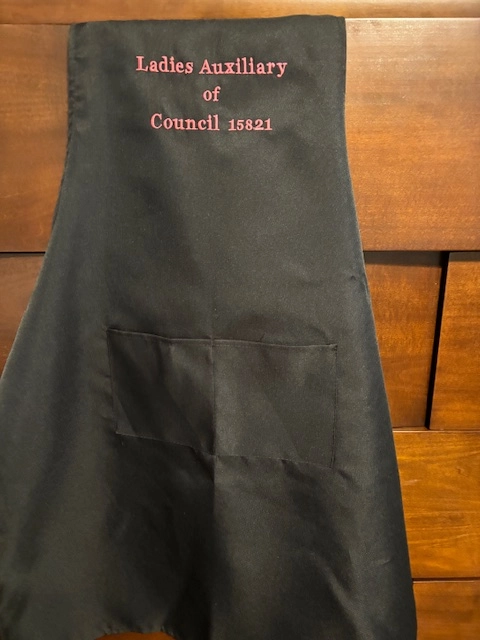Professional Screen Printing Solutions for T-Shirts, Aprons, and A lot more
The Art of Customized Embroidery: Opening the Secrets to Creating Distinct and Memorable Layouts
Needlework, a craft steeped in tradition and artistry, holds within its complex stitches the power to transform material right into a canvas of distinct expression. The secrets to developing customized embroidery designs that captivate the eye and leave a long-term impact lie in a delicate equilibrium of strategy, creativity, and attention to detail. As we dive into the world of custom-made embroidery, we discover the nuanced interplay in between thread option, sew complexity, and design customization that raises a plain garment to an artwork. Join us on a trip with the art of personalized embroidery as we unwind the mysteries behind crafting absolutely remarkable and distinctive creations.
Picking the Right Needlework Threads
When selecting needlework strings, what key variables should you think about to make certain the most effective results for your custom designs? The choice of embroidery string is vital in determining the last result of your embroidered layout. One of the primary considerations is the material of the thread. Various materials such as cotton, polyester, rayon, and silk provide varying levels of sheen, sturdiness, and texture. It is vital to choose a thread material that matches the fabric you are embroidering on and straightens with the desired appearance of the style.
Furthermore, the weight or density of the thread plays a substantial function in the appearance of the embroidery. Thicker threads can add measurement and structure to your layout, while finer threads are suitable for elaborate information and tiny message. In addition, taking into consideration the shade fastness and washability of the string is vital to guarantee that your personalized designs keep their top quality and vibrancy in time. By very carefully examining these elements and picking top notch threads that fulfill your specific needs, you can boost the aesthetic appeal and long life of your stitched creations.
Exploring Different Stitch Techniques
To delve right into the realm of 'Discovering Different Stitch Strategies', one have to grasp the intricacies and subtleties that each sewing method offers the art of needlework. Various stitch strategies not just add visual interest yet also add to the total texture and measurement of the layout. One preferred stitch strategy is the satin stitch, which includes carefully jam-packed parallel stitches to produce a smooth and glossy surface, ideal for completing forms and developing vibrant lays out.
On the other hand, the backstitch is a versatile method frequently used for detailing and including fine details. It entails sewing in bridal dress alterations reverse to develop a strong line of needlework. Furthermore, the French knot stitch includes a tactile aspect to designs, best for producing distinctive accents like flower centers or ornamental touches.
Discovering various stitch methods permits embroiderers to have fun with light, darkness, and depth within their layouts, elevating the visual charm and creative quality of their embroidery jobs. By grasping numerous sewing approaches, one can unlock endless possibilities for developing distinct and unforgettable custom embroidery items.
Incorporating Personalized Layout Aspects
Having discovered the complexities of different stitch methods such as the satin stitch, backstitch, and French knot, the emphasis now shifts in the direction of integrating individualized layout aspects my site in custom-made embroidery projects. Personalized design aspects play a critical role in making needlework tasks really distinct and remarkable. One means to integrate customization is by including initials, names, or substantial days to the style. This not only includes a personalized touch yet also enhances the nostalgic worth of the needlework item.
An additional method to include tailored layout components is by consisting of icons or themes that hold unique meaning to the recipient or show their rate of interests and individuality. As an example, including a preferred flower, animal, or hobby-related sign can make the needlework design extra significant and personalized. In addition, choosing colors that reverberate with the recipient or line up with the designated theme can even more improve the personalization of the needlework task.
Grasping the Art of Shade Coordination

One key facet of shade control is understanding color concept. This includes knowing exactly how different shades engage with each other, the feelings they communicate, and just how they can be integrated to create aesthetically attractive layouts. By using color concept concepts, embroiderers can develop harmonious shade combinations that improve the general look of the layout.
Additionally, focusing on comparison is important in shade sychronisation. Utilizing contrasting colors can aid particular elements of the design pop, enhance readability, and create a visually dynamic needlework item. By mastering the art of color control, embroiderers can raise their styles and create memorable items that resonate with customers and viewers alike.
Enhancing Structure With Advanced Embroidery Stitches

Bullion knots, on the other hand, can be utilized to develop twisted, ropelike elements that add a lavish feel to the embroidery. Experimenting with these sophisticated needlework stitches permits you to press the limits of standard embroidery and produce absolutely special and visually attractive structures in your styles.
Conclusion
To conclude, the art of customized embroidery entails a combination of selecting the right strings, exploring various stitch strategies, integrating tailored design components, understanding color sychronisation, and boosting structure with innovative stitches. By recognizing and executing these crucial elements, embroiderers can create special and memorable designs that showcase their creative thinking and ability. Needlework lovers can unlock the secrets to creating lovely and bespoke pieces that stick out and leave a lasting impact.